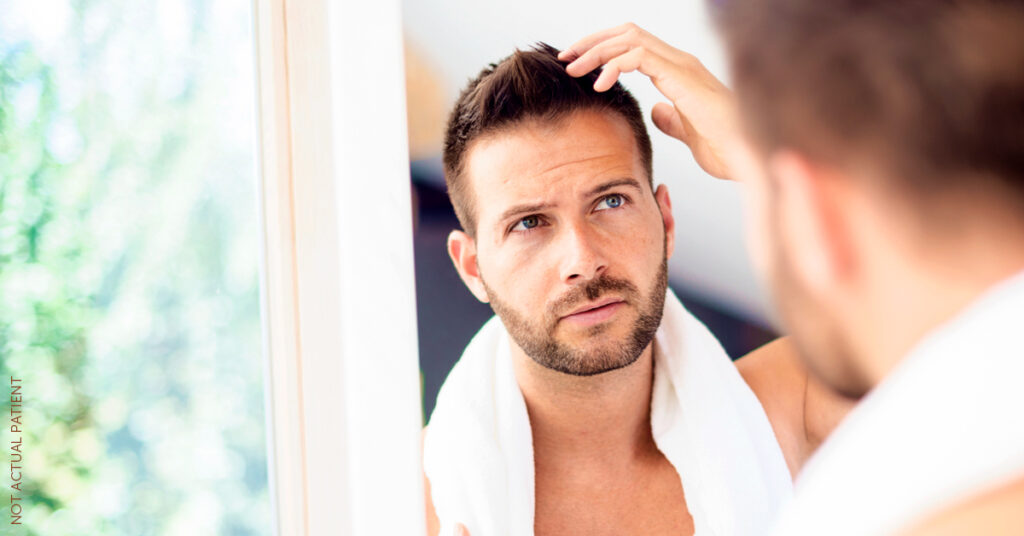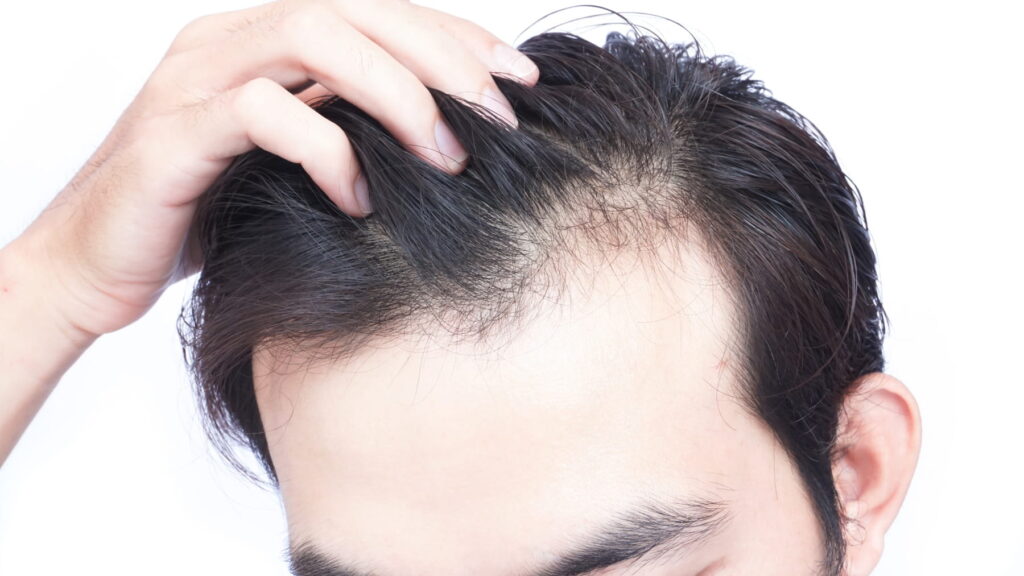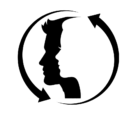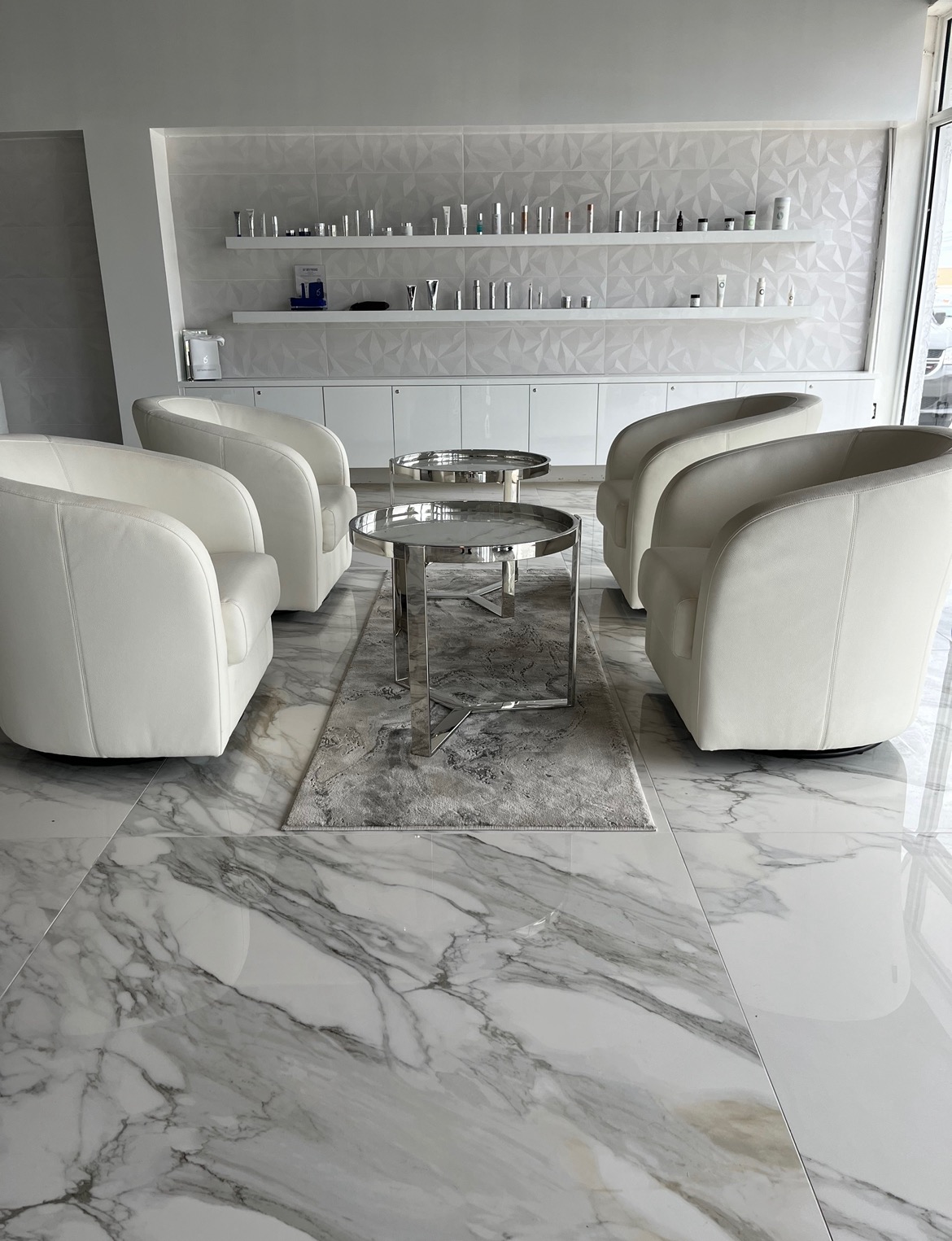Hair Restoration
Hair Restoration
A medical technique called hair restoration is intended to treat hair thinning or loss. Genetics, hormonal changes, aging, stress, and specific medical problems or drugs are just a few of the causes of hair loss. The goal of hair restoration is to give people their fuller, thicker hair back while also enhancing their overall appearance and self-confidence.
Many methods for restoring hair are available, including scalp reduction surgery, hair transplant surgery, and non-surgical procedures like medication and laser therapy. In a hair transplant procedure, hair is removed from a donor area—typically the back of the head—and transplanted into the scalp’s balding or thinning areas. Follicular unit extraction (FUE) or follicular unit transplantation (FUT) are the two methods that can be used to carry out this treatment (FUE).
What is Hair Restoration?
A medical technique known as hair restoration enables people whose hair is thinning or falling out to regrow on their scalp. Genetics, hormonal changes, aging, stress, and specific medical problems or drugs are just a few of the causes of hair loss.
There are both surgical and non-surgical treatments available for hair restoration. Scalp flaps, scalp reduction surgery, and hair transplant surgery are all surgical techniques. The most popular surgical procedure is hair transplantation, which involves removing hair follicles from a donor area and moving them to a recipient spot on the scalp. In order to diminish the size of the bald area, the scalp’s balding areas are removed, and the remaining hair-bearing scalp is pulled together.


HOW DOES Hair Restoration WORK?
By addressing the root causes of hair loss and promoting new hair growth on the scalp, hair restoration is effective. There are both surgical and non-surgical treatments available for hair restoration.
Surgical hair restoration procedures include transplanting hair follicles from a donor location, usually the back of the head, to an area where hair growth has slowed down. Follicular unit extraction (FUE) or follicular unit transplantation (FUT) are the two methods that can be used to carry out this treatment (FUE). FUE entails extracting individual follicular units directly from the scalp, whereas FUT entails cutting a strip of scalp from the donor area and dissecting it into individual follicular units. The transplanted hair follicles will then develop and fill in the parts of the scalp that are bald or thinning.
PROCEDURE
In order to restore hair growth on the scalp, the hair restoration surgery uses either surgical or non-surgical techniques. Scalp flaps, scalp reduction surgery, and hair transplant surgery are all surgical techniques. Medication, laser therapy, and microneedling are examples of non-surgical procedures.
In a hair transplant procedure, hair follicles are removed from a donor area and moved to the recipient area on the scalp. Follicular unit extraction or follicular unit transplantation are the two methods that might be used to carry out the treatment (FUE). FUE entails extracting individual follicular units directly from the scalp, whereas FUT entails cutting a strip of scalp from the donor area and dissecting it into individual follicular units. The transplanted hair follicles will then develop and expand to cover the scalp’s bald or thinning spots.


CANDIDATES
Those with hair loss or thinning on the scalp who are in good general health make good candidates for hair restoration. Androgenetic alopecia, which can result in pattern baldness, is the most typical cause of hair loss in both men and women. Hormonal changes, aging, stress, specific medical problems, and drugs are additional causes of hair loss.
Those who are good candidates for hair transplant surgery have enough donor hair on the sides or back of the head. The success of the surgery will depend on the quality and density of the donor’s hair. For those with less severe hair loss or those who choose non-invasive procedures, non-surgical techniques like medication, laser therapy, and micro-needling may be helpful.
BENEFITS OF HAIR RESTORATION
• Non-surgical and virtually painless procedure
• Autologous treatment with no risk of rejection or allergic reaction
• Repairs and replenishes damaged hair follicles
• Enhances the healing process in cells and tissues
• Increases the blood supply to scalp & hair follicles
• Helps regenerate new hair growth for a variety of scalp conditions, including alopecia areata and androgenetic alopecia
• Ability to stabilize the hair loss cycle for an extended period of time
• No recovery or downtime required
Hair Restoration FaQ
Most frequent questions and answers
Hair restoration works by transplanting hair follicles from areas of the scalp with healthy hair growth to areas with thinning or balding hair. To make sure the transplanted follicles will develop and generate healthy hair, they are carefully positioned in the recipient location.
For many people, hair restoration can result in long-lasting results since the transplanted hair follicles are often genetically resistant to going bald. However, a number of variables, including the caliber of the donor hair, the surgeon’s talent, and the patient’s age and health, might affect how well the treatment goes.
As local anaesthetic is commonly used during hair restoration treatments, patients shouldn’t experience any pain. Nonetheless, in the days following the treatment, some discomfort or soreness may be felt.
Hair restoration can take many months to produce obvious effects since the transplanted hair follicles need time to establish themselves and grow. Within three to six months, patients may start to notice new hair growth; however, full benefits usually take a year or longer to become apparent.
Men or women with steady hair loss patterns who have enough healthy donor hair to transplant are often good candidates for hair restoration. Also, candidates should be in good general health and have reasonable expectations for the procedure’s outcomes. If someone is a good candidate for the surgery, they can find out during a consultation with a hair restoration professional.


